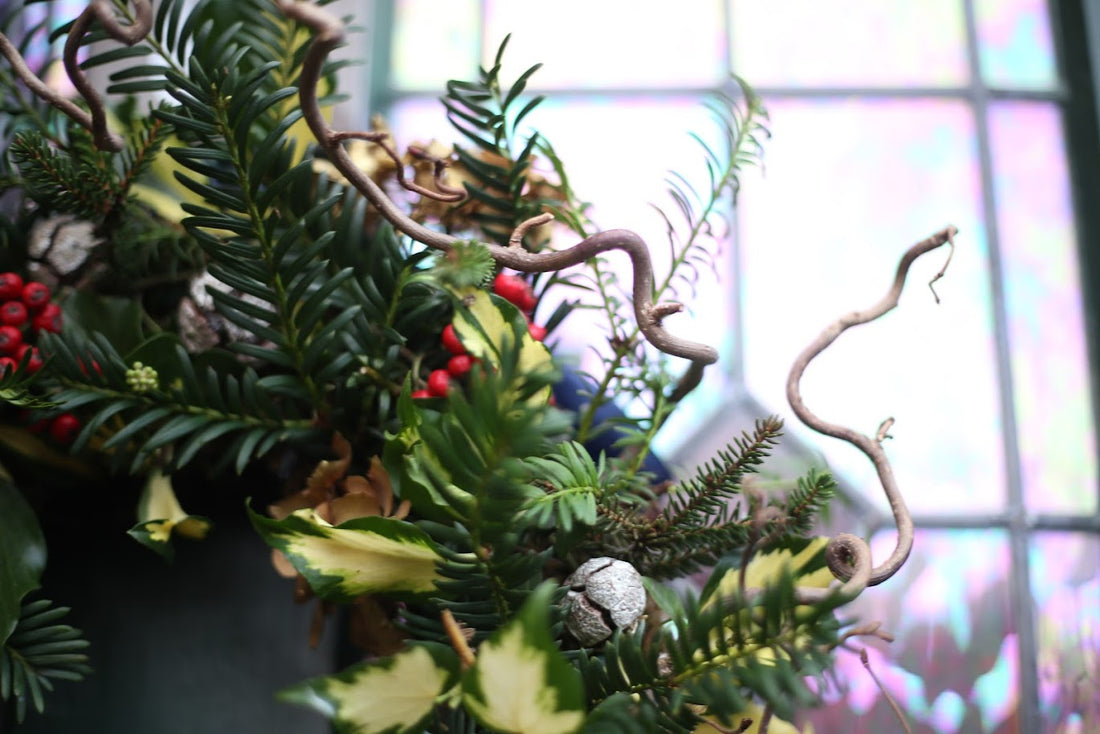
Christmas in Scotland: It was once illegal...
Yes you read that right...it was. In fact that banning meant that Christmas was not really celebrated on a national scale until around 400 years later!
How did a country so closely associated with Christmas cheer end up with such a long, festive hiatus?
A Christmas Outlawed: The 1640 Ban
In 1640 a law was passed officially outlawing the celebration of "Yule vacations", and the baking of Yule Bread was deemed illegal. It sounds almost unbelievable, but the roots of this prohibition trace back to a much deeper cultural shift.
The change began much earlier, in 1560, when Scotland’s religious landscape underwent a seismic transformation. The country officially rejected Roman Catholicism and embraced Protestantism during the Reformation, leading to a purge of Catholic practices and the celebration of religious holidays, including Christmas.
The result? For more than 350 years Christmas was either ignored or actively discouraged in Scotland.
A Slow Resurgence: Christmas Returns
Despite the long period of suppression, Scotland’s connection to Christmas never truly disappeared. Over time, the celebrations slowly began to reemerge, although it wasn’t until 1958 that Scotland finally declared Christmas Day a public holiday. By comparison, England had already embraced Christmas as a public holiday over a century earlier, in 1834.
Before the Ban: The Pagan Roots of Christmas in Scotland
To understand how Christmas was celebrated before the 1640 ban, it’s important to remember that Scotland’s festive traditions were rooted in far older customs. Long before Christianity arrived, ancient Scots observed the Winter Solstice with powerful rituals and symbols that honoured the return of the sun. These practices, absorbed from Norse Pagan traditions, included the baking of Yule Bread.
The bread, traditionally a three-threaded, plaited loaf, was shaped into a circle to represent the sun, a symbol of renewal and light. Made with caraway seeds, which held significant meaning in Scottish folklore as they were believed to help stop mischief from the Sìdhe (or Sìth), the mythical spirits of the Scottish Highlands. According to legend, these spirits would be so busy counting the seeds that they’d be distracted from causing trouble.
Another ancient tradition involved the burning of a Rowan Tree branch. This ritual was thought to cleanse any feelings of jealousy, mistrust, or bad blood between family members, friends, or neighbours.
The Victorian Revival: When Christmas Finally Came Back
Fast forward to the 19th century, with the rise of Victorian Christmas traditions, many of the modern customs that we associate with the holiday today – such as Christmas trees, Christmas cards, and even the image of Santa Claus – gained popularity. The influence of Charles Dickens’ A Christmas Carol was particularly profound, helping shape the modern Christmas we now know.
Yet it took considerable time in Scotland and celebrations were still muted even well into the 20th century in some parts of our country…Hogmanay, however, was never a religious festival, with its origins in Pagan beliefs, and so that has always been a time for celebration…but that is a blog post all of its own!
